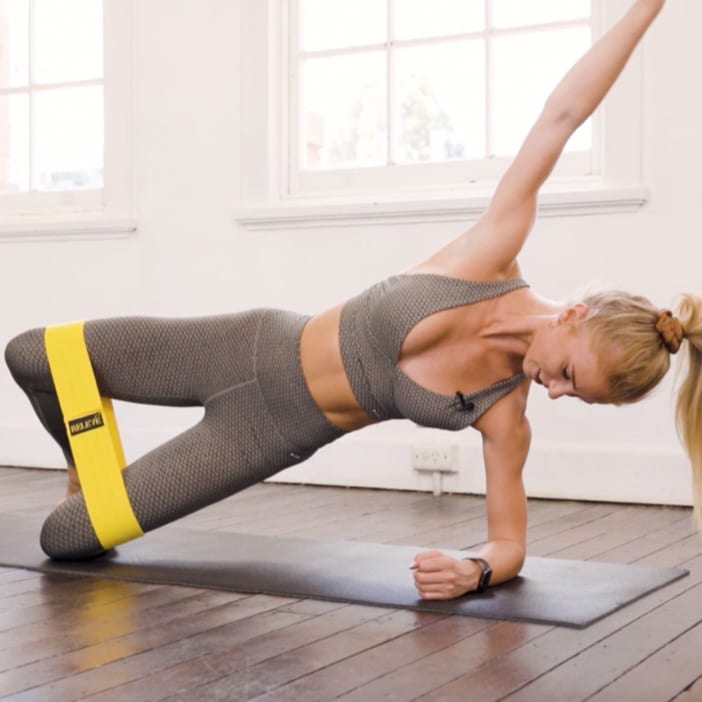Why do ballerinas need strong glutes?
Ballerinas are known for their grace, poise, and elegance on stage, but behind the scenes, they work tirelessly to maintain the strength and flexibility required to perform the demanding movements of their art form. Traditionally strength and conditioning training has been largely undervalued in the ballet industry. However, due to the increase in strength and flexibility requirements and demands on the ballerinas body, dancers must now fine tune their bodies more than ever. One important aspect of a ballerina’s training regimen that is often overlooked is glute strength training. In this article, we will explore the reasons why glute training is crucial for ballerinas and how it can help them improve their performance, technique and even prevent injuries.
The glutes, or muscles of the buttocks, play a vital role in many of the movements performed by ballerinas. From everything from pliés and grand pliés to pirouettes and jumps, the glutes are responsible for providing the power and stability needed to execute these movements with proper technique. However, the repetitive nature of ballet training can lead to imbalances in muscle strength, with the glutes often becoming weak and underdeveloped. This can lead to a host of problems, including poor technique, limited range of motion, and an increased risk of injury.
One of the key benefits of glute training for ballerinas is that it can help improve their technique and alignment. Strong glutes provide the stability needed to maintain proper alignment in the hips and spine, which is essential for executing movements with proper form. This can lead to a more efficient use of energy, allowing ballerinas to perform movements with greater ease and control. Additionally, strong glutes can help prevent common injuries such as strains and sprains, which are common in dancers due to the repetitive nature of their training.
Another benefit of glute training for ballerinas is that it can help them achieve greater range of motion in their hips. The glutes are responsible for hip extension, which is a movement that is essential for many of the movements in ballet. By training the glutes, ballerinas can increase their ability to extend the hip, allowing them to achieve deeper plies, higher jumps, and more fluid turns. This can also help prevent injuries by reducing the stress on other joints, such as the knees and ankles.
Incorporating glute training into a ballerina’s regimen can also help improve their overall strength and endurance. Strong glutes provide the power needed for movements such as jumps, and by training them regularly, ballerinas can improve their ability to execute these movements with greater ease and control. Additionally, glute training can also help improve the overall endurance of the muscle, which is crucial for dancers who are required to perform extended sequences on stage.
Finally, glute training can also help ballerinas achieve a more aesthetically pleasing look. The glutes are a muscle group that is often visible when dancers are performing on stage, and having strong glutes can add to the overall appearance of a dancer.
In conclusion, glute training is an essential aspect of a ballerina’s training regimen. By incorporating glute exercises into their routine, ballerinas can improve their technique, alignment, range of motion, strength, endurance, and overall appearance.
Some examples of glute exercises that can be beneficial for ballerinas include squats, deadlifts, lunges, and hip thrusts. However, it is important to ensure with a trainer or physical therapist to ensure that the exercises are being performed with proper form and that they are appropriate for the individual’s level of fitness. By incorporating glute training into their routine, ballerinas can take their performance to the next level and reduce the risk of injury.







